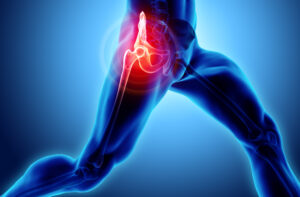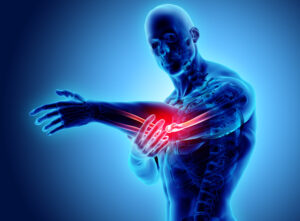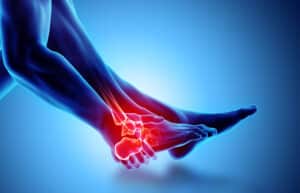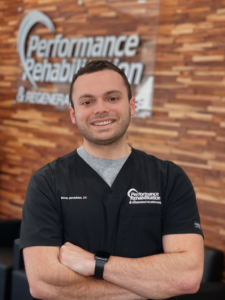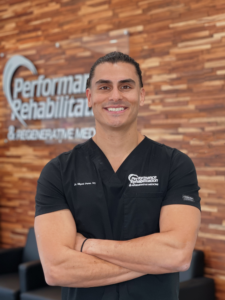Say Goodbye to Carpal Tunnel Pain
Carpal tunnel pain is annoying and hard to deal with when your job requires you to use your hands often. Read about our solutions and how they work.
When you hear about Carpal tunnel you probably associate it with an office job. However, Carpal tunnel affects people in many different occupations. It’s a condition commonly seen in people who use their hands often. It can affect secretaries, mechanics, retail associates, financial managers, and many more.
Contrary to the common belief that it is related to muscle, Carpal tunnel syndrome (CTS) affects the nerves in the hands. Symptoms can include numbness or tingling in the hand due to irritation, compression, or stretching of the median nerve as it passes under the flexor retinaculum and above the carpal bones.
There are many different forms of treatment for Carpal tunnel syndrome.
Conservative treatment is used to treat this condition when symptoms are mild to moderate or anatomical changes are not severe. Some of these treatments include:
- Splinting: Patients are often interested in utilizing a splint to wear at night to limit the CTS symptoms while sleeping. Using a splint, braces the wrist and neutralizes motion, stabilizing the carpal bones and preventing pain at night. This method is effective and can be provided by PRRM.
- Taping: This can also be an effective option for CTS. Therapeutic taping supports the wrist and reduces pressure on the carpal tunnel that helps the nerve as well as the surrounding muscles to relax. Kinesiotape is a treatment provided at PRRM. We utilize taping combined with other non-surgical interventions to address CTS.
- Instrument-assisted soft tissue manipulation (IASTM): IASTM is another non-surgical option available for patients. Application of a tool loosens ligament and muscle adhesions that can restrict movement of the wrist which compresses the carpal tunnel. IASTM also provides a healthy inflammatory response that helps the muscles heal.
- Chiropractic Care: Chiropractic manipulative therapy is utilized to release the wrist and carpal joints. These adjustments after soft tissue therapy are very effective.
- Physical Therapy: PT is utilized to promote strength and stability into the wrist and carpal joints. An emphasis is placed on increasing the range of motion. The exercises and stretches prescribed lead to decreased symptoms.
One of the most effective treatments for CTS is Nerve Hydrodissection. Nerve Hydrodissection can be completed right in our office. There are many benefits to this treatment including its low invasiveness, simplicity of the procedure, and rate of recovery. The treatment is ultrasound-guided which increases the specificity of cortisone or saline. During the procedure the nerve is separated from the flexor retinaculum which provides the median nerve the ability to glide smoothly in the carpal tunnel, relieving symptoms.
If you are wondering whether or not you have Carpal tunnel syndrome, this condition is easily evaluated by an orthopedic assessment or a neurodiagnostic test and can be done right in our office! Call 908-754-1960 or book your appointment today!
